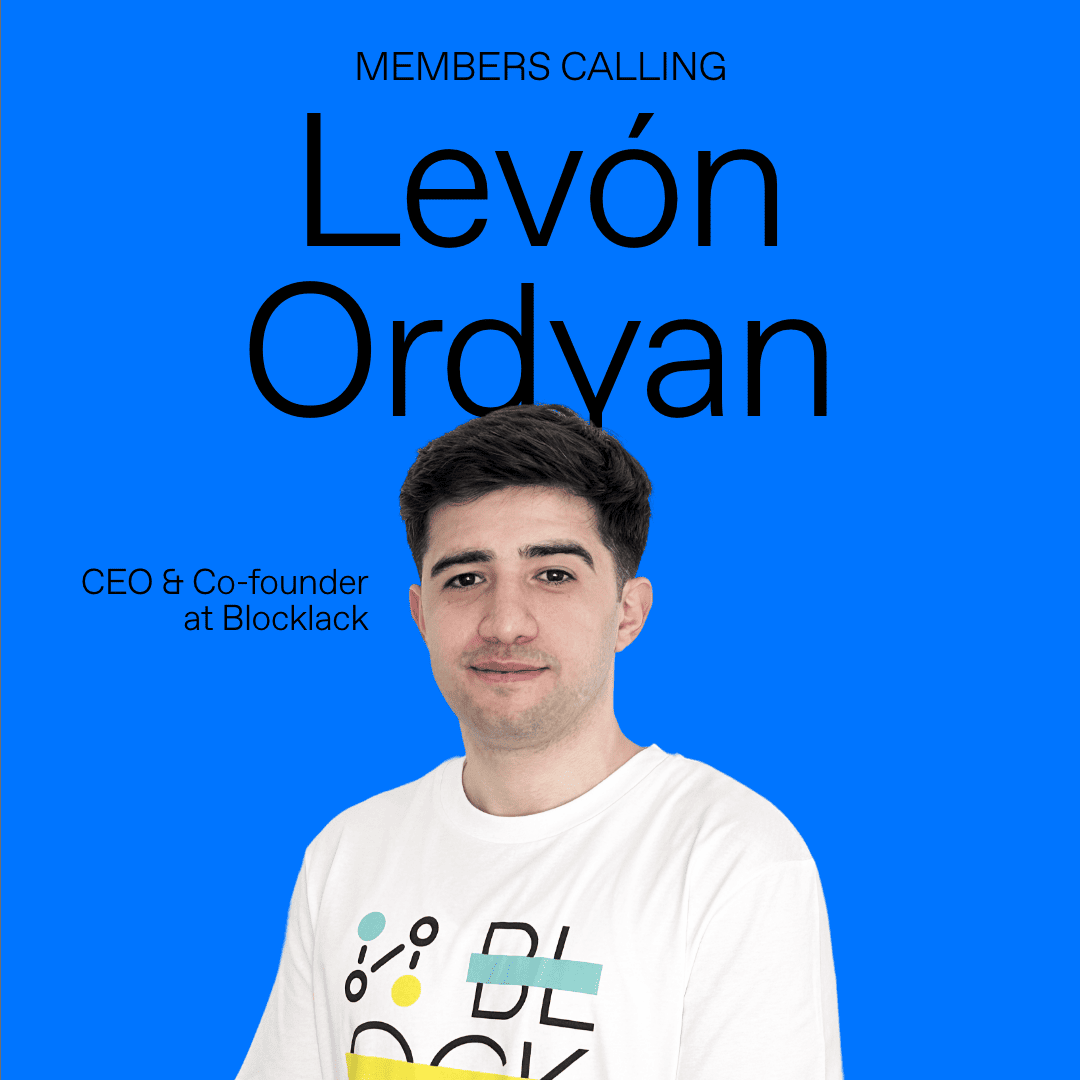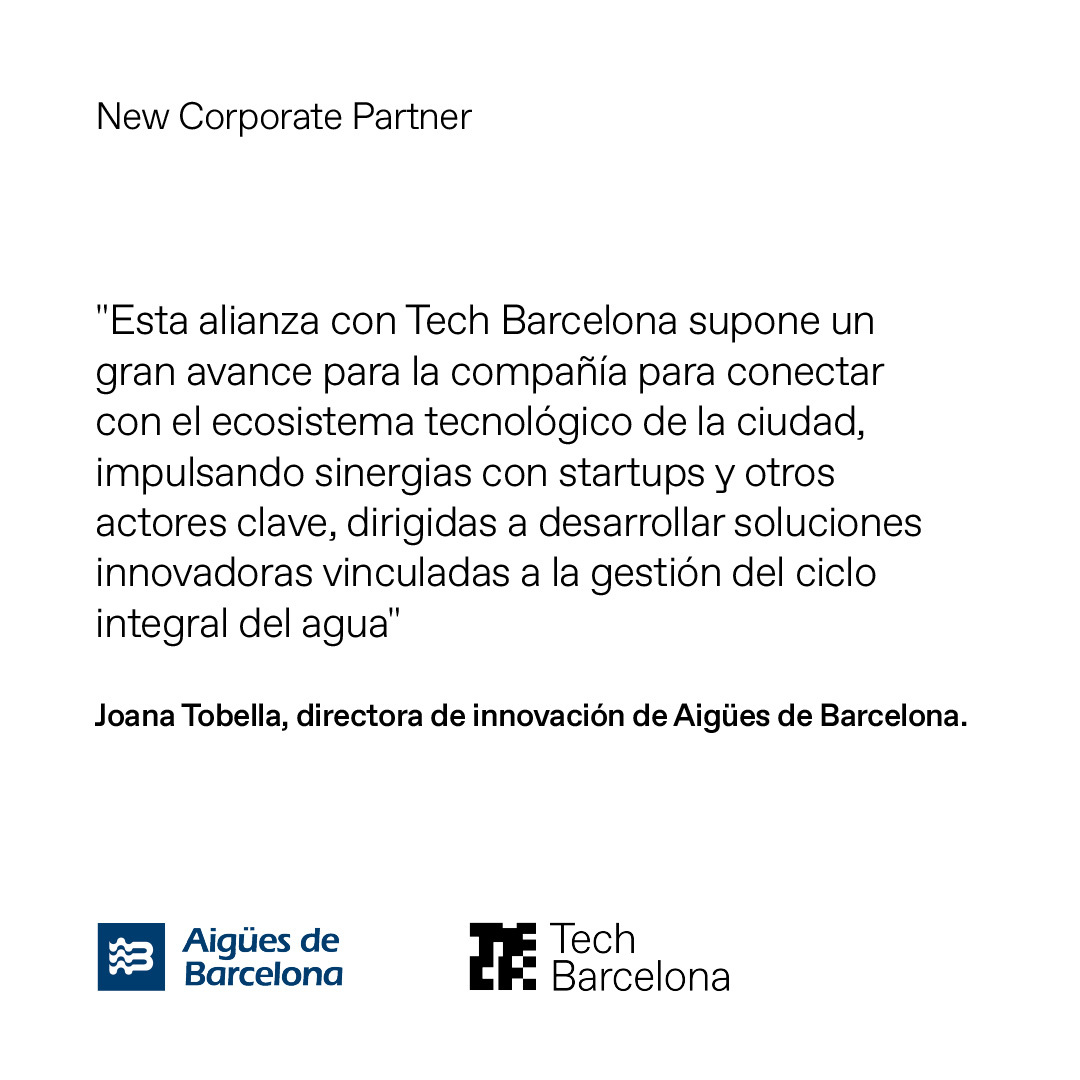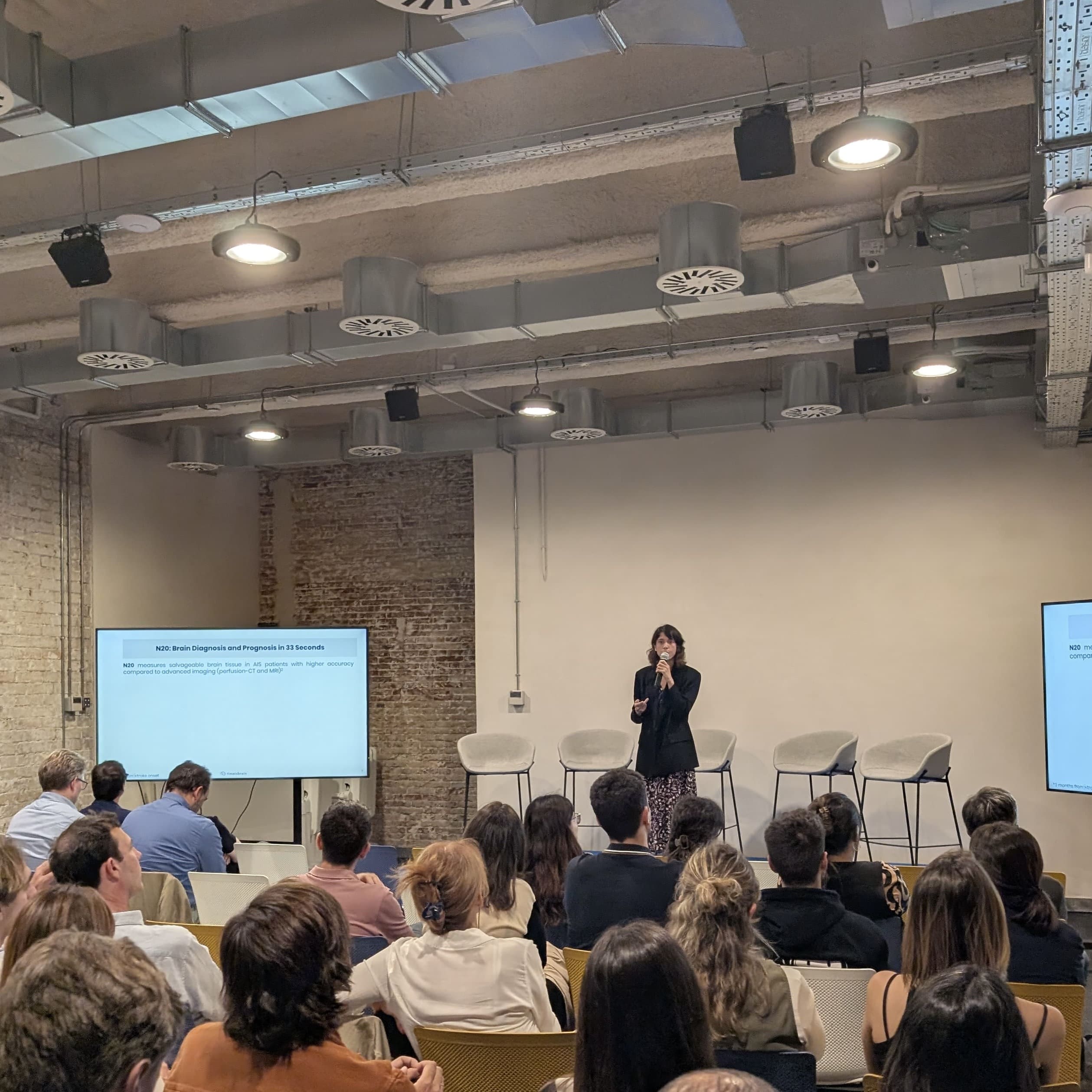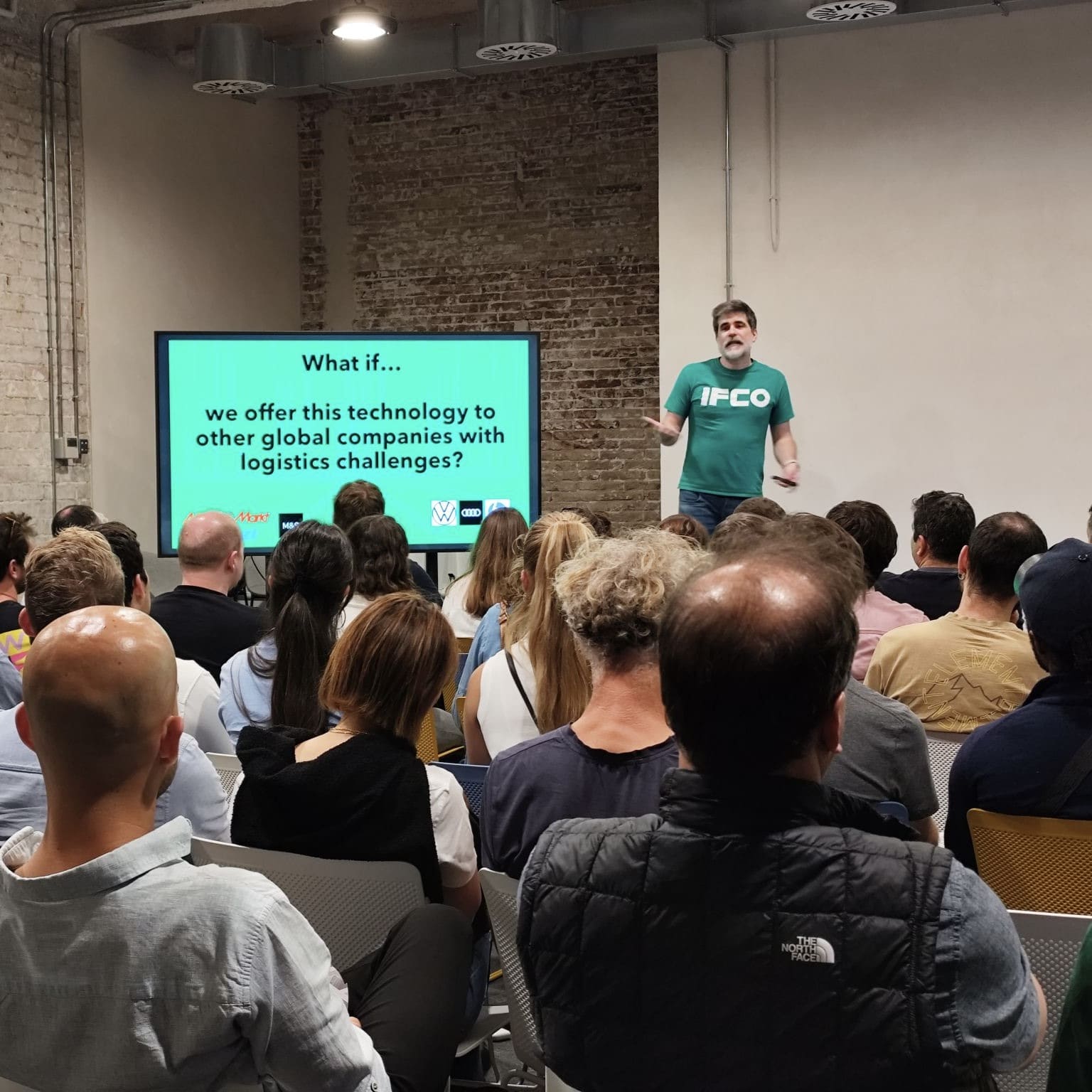Las relaciones públicas centradas en la figura del CEO son algo en el que todo emprendedor muestra interés. Al mismo tiempo, hay que tener en cuenta que una marca personal no es un fin en sí mismo, sino una herramienta efectiva para lograr resultados concretos.
La estrategia, la mecánica de promoción, la dinámica de desarrollo y el éxito de la marca personal dependen directamente de los objetivos elegidos. Por otra parte, existe un esquema común de cómo crear una imagen profesional atractiva y sólida.
¿Por qué es importante construir una marca personal?
La creación de una marca personal ayuda a los fundadores de las startup a aumentar su credibilidad, formando una imagen coherente y memorable de su imagen. Cultivar una gran marca personal pone al founder en control de cómo se cuenta su historia.
Una marca personal sólida da notoriedad y ventaja a la hora de ganar la confianza del público objetivo de la empresa. Además, socialmente se considera como un requisito de liderazgo, dándole un papel especial a la dedicación del founder como profesional. También da una imagen de cercanía y ayuda a atraer oportunidades comerciales, de inversión y otras colaboraciones para que la empresa crezca.
5 pasos para empezar a crear tu marca personal exitosa
-
Determina tu visión y valores
En primer lugar, tienes que conocerte a ti mismo. Suena como un cliché, pero es imposible construir una marca auténtica si no te tomas un tiempo en determinar tu visión y valores.
¿Qué cosas te reflejan? ¿Cuáles son las más importantes en tu vida? ¿Qué partes de tu personalidad te gustaría mostrar?
Por ejemplo, Gary Vaynerchuk siempre dice: “La familia es lo primero”. Esa es una parte importante de sus valores personales, lo que le permite priorizar cómo va adelante. La marca personal no funciona si intentas construirla basándote en algo que no tiene un verdadero significado para ti.
-
Elige tu nicho
¿Cuál es tu área de expertise? Al construir una marca personal, hay que decidir cuales son tus atributos más fuertes y descubrir lo que te hace único.
A veces los emprendedores dicen que quieren mantener su marca abierta en caso de que las cosas cambien, aunque, sin embargo, eso no funciona así: Esto, que puede parecer razonable en el papel, es un asesino de la marca en la práctica.
El crecimiento y el desarrollo son aspectos críticos del ser humano. Según diversos estudios, la autenticidad es extremadamente importante para las audiencias, así que déjales ver tu evolución. No tengas miedo de ser vulnerable y humano.
-
Construye una sólida presencia online
Es esencial para cualquier persona que quiera destacarse en el competitivo mercado actual. Si aún no tienes una página web y un perfil de las redes sociales, debes hacer de esta tarea tu prioridad.
El conjunto mínimo para el fundador de la startup incluye los perfiles de LinkedIn, Twitter y, quizás, Instagram.
En todas las plataformas, asegúrate de que tu mensaje sea coherente. Aquí te doy algunos consejos:
- Usa una foto de perfil fácilmente reconocible que muestra tu rostro. Si es posible, añade información valiosa ‘subliminalmente’ (por ejemplo, lleva ropa con el logotipo o los colores de tu empresa)
- Haz que cada perfil sea sólido y atractivo. No te saltes ninguna sección
- Muestra estratégicamente tu experiencia – tiene que ser relevante a tu marca personal
- Sé consistentemente activo
- Recuerda que cada parte de tu contenido en línea se convierte en parte de su percepción como marca
-
Genera el contenido de valor para tu público objetivo
La mejor manera de ganar confianza y credibilidad en tu campo es proporcionar el valor a la gente que está interesada en lo que estás haciendo.
Recuerda que el contenido de valor va más allá de los simples mensajes de texto y videos cortos en las redes sociales. Hay que buscar nuevas formas de marketing de contenidos: Habla en público, publica columnas en los medios de comunicación, desarrolla las relaciones con periodistas, participa en podcasts, etc.
Todo esto no solo aumentará tu reconocimiento en la comunidad de startups y entre tus clientes o socios, sino que también demostrará que eres un líder pensante que se preocupa por los demás.
-
Crea una comunidad alrededor de ti mismo y tu empresa
Los ‘me gusta’ en las publicaciones no significan una conexión genuina con la audiencia. El desarrollo de una marca personal debe incluir la creación de una comunidad de personas de ideas afines que se comuniquen a un nivel significativo.
Al desarrollar tu marca, atraes a un grupo específico de personas que comparten las mismas creencias y que les apasionan los mismos valores y la misma misión, tanto como a ti.
Siéntete libre de organizar reuniones cara a cara, crear grupos en LinkedIn o chats grupales especiales.
En conclusión
Para terminar, aquí están los puntos principales del post para que puedas poner tus manos a la obra:
- Da forma a tu visión y valores. Escríbelos para tenerlos siempre delante de ti.
- No trates de complacer a todos. Tu objetivo es atraer a ese grupo de personas que comparten tus valores y misión.
- La reputación en línea constituye la mayor parte de la marca personal moderna. Actúa estratégicamente, con decisión y consistencia.
- El valor viene en muchas formas. Elige diferentes herramientas en línea y en persona para desarrollar tu marca personal.
- Desarrolla una comunidad para mantener el éxito a largo plazo.
La mayoría de nosotros ya tenemos de antemano los elementos claves para poder construir nuestra marca personal: Sabemos quiénes somos, cuáles son nuestras ventajas y por qué las defendemos. Lo principal es entender cómo usar esta información para impulsarnos hacia adelante.
Escrito por Dina Mostovaya, fundadora y CEO de Mindset Consulting
Contacto: dina.mostovaya@mindsetcomms.com

















